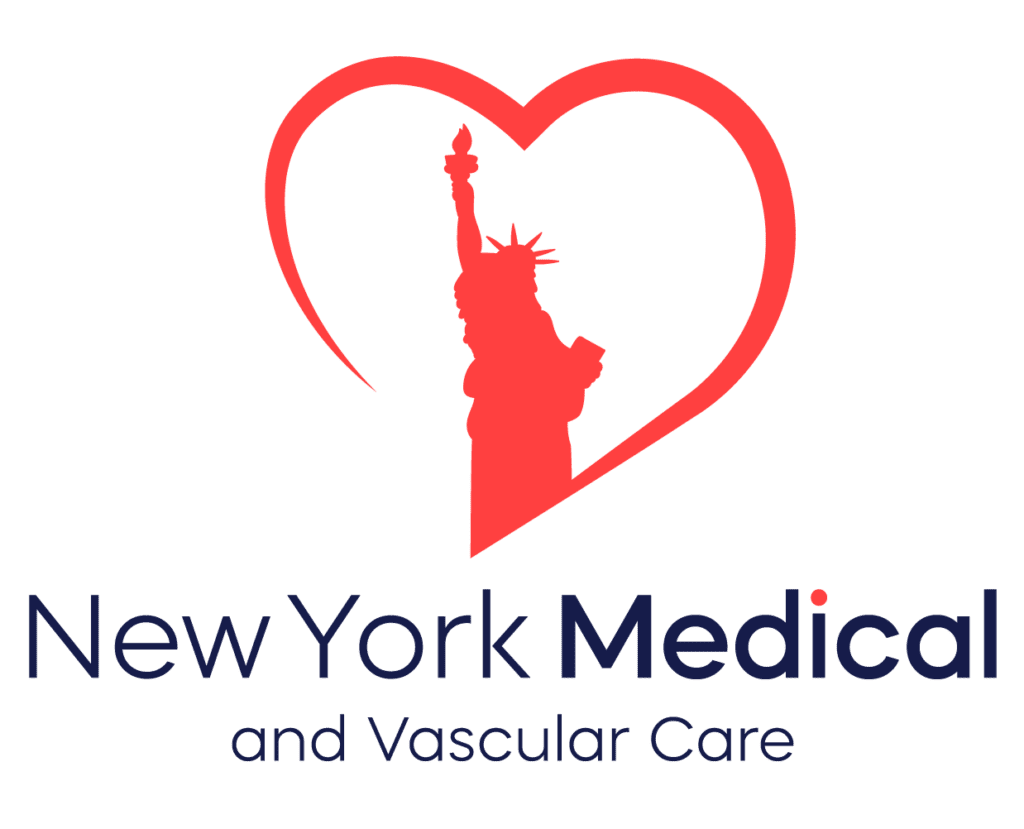Vascular health is critical to the overall well-being of our bodies. The vascular system, which includes arteries, veins, and capillaries, ensures that blood, oxygen, and nutrients are transported to our tissues and organs. When these vessels become blocked or damaged, it can lead to life-threatening conditions such as aneurysms, blood clots, and peripheral artery disease. Traditionally, vascular conditions were treated with open surgery, which involves significant risks and recovery times. However, recent advances in endovascular interventions are revolutionizing the treatment of vascular diseases, offering safer, less invasive alternatives.
What are Endovascular Interventions?
Endovascular interventions refer to minimally invasive procedures that involve accessing the vascular system through small incisions or catheters, typically inserted via the femoral artery in the groin. Using imaging techniques such as X-rays or ultrasounds, doctors guide the instruments to the site of the problem to repair or unblock the vessel. Common procedures include angioplasty (the use of a balloon to widen narrowed arteries), stenting (the insertion of a mesh tube to keep the artery open), and thrombolysis (dissolving blood clots).
The benefits of endovascular interventions compared to traditional surgery are significant. They typically involve shorter hospital stays, quicker recovery times, and lower risks of complications. These procedures have become especially important in managing conditions like peripheral artery disease (PAD), aneurysms, and deep vein thrombosis (DVT).
Improved Imaging Technology:
One of the major advancements in endovascular treatments is the use of real-time imaging to guide procedures. Technologies like 3D angiography and intravascular ultrasound (IVUS) allow for more precise targeting and treatment, reducing the risk of errors and improving outcomes. Surgeons can now see the exact locations of blockages or aneurysms and treat them more effectively.
Advanced Stents and Devices:
The development of drug-eluting stents and covered stents has also greatly improved the success rate of endovascular treatments. These stents release medication that helps prevent re-narrowing of the artery, reducing the likelihood of future procedures. Additionally, covered stents can seal off aneurysms or weakened blood vessels, preventing them from rupturing.
Aneurysm Repair:
Endovascular interventions have become the go-to option for treating aortic aneurysms, which can be life-threatening if they rupture. The minimally invasive procedure involves placing a stent graft inside the aneurysm to reinforce the weak spot in the artery. This technique, called endovascular aneurysm repair (EVAR), offers a much lower risk of complications than traditional open surgery and is now widely used in vascular centers across the country.
Thrombectomy Devices:
For patients suffering from deep vein thrombosis or other clotting disorders, endovascular thrombectomy devices have been a game-changer. These devices allow doctors to remove blood clots directly from the veins, significantly reducing the risk of complications like pulmonary embolism (a blockage in the lungs). This procedure provides faster relief and prevents long-term damage to the vascular system.
The Future of Vascular Health
Endovascular interventions are expected to continue evolving, with robotics and artificial intelligence (AI) playing a larger role in assisting surgeons. Robotic-assisted endovascular procedures allow for greater precision, while AI can help predict outcomes and provide real-time guidance during procedures. As these technologies become more advanced, the outcomes for patients will continue to improve, and the risks associated with vascular diseases will decrease.
In conclusion, endovascular interventions are reshaping the field of vascular health, providing patients with safer, faster, and more effective treatments. As technology continues to advance, these minimally invasive procedures will play an even greater role in the fight against vascular diseases, offering hope to millions of patients worldwide.
At NYMVCare, we are proud to provide these innovative endovascular interventions, offering our patients the most advanced, minimally invasive treatments available. Whether managing PAD, treating aneurysms, or removing blood clots, our specialized team is dedicated to improving vascular health with the latest technology and personalized care. Contact us today to learn more about how NYMVCare can support your vascular health.


